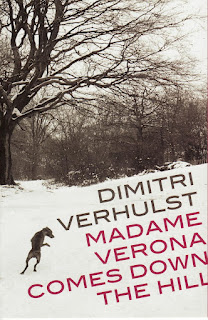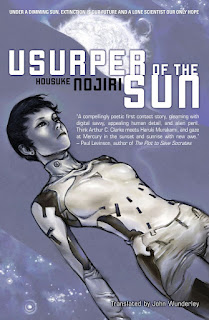Homer and Langley - E.L. Doctorow

Homer and Langley spans almost a century of American history from the turn of the century, through the Great War, the Depression, WWII, Prohibition, the wars in Korea and Vietnam, the Moon landing, the counter-culture movement of the 60s to the Watergate scandal and beyond. That's a lot of ground to cover in a relatively slim novel, but what is interesting about Doctorow's spin on this important period of American history is the perspective. It's hard not to see something significant and symbolic then in the author's choice to view these events from the perspective of the Collyer brothers - Homer, a blind man, and Langley, a retired soldier, a victim of WWI - two eccentrics who rarely leave their large New York Fifth Avenue townhouse. The shutters closed to the world outside, the brothers are however not untouched by the great changes that go on over the decades. Even then, extending the lifespan of the Collyer brothers in this way and speculating on their motivations







